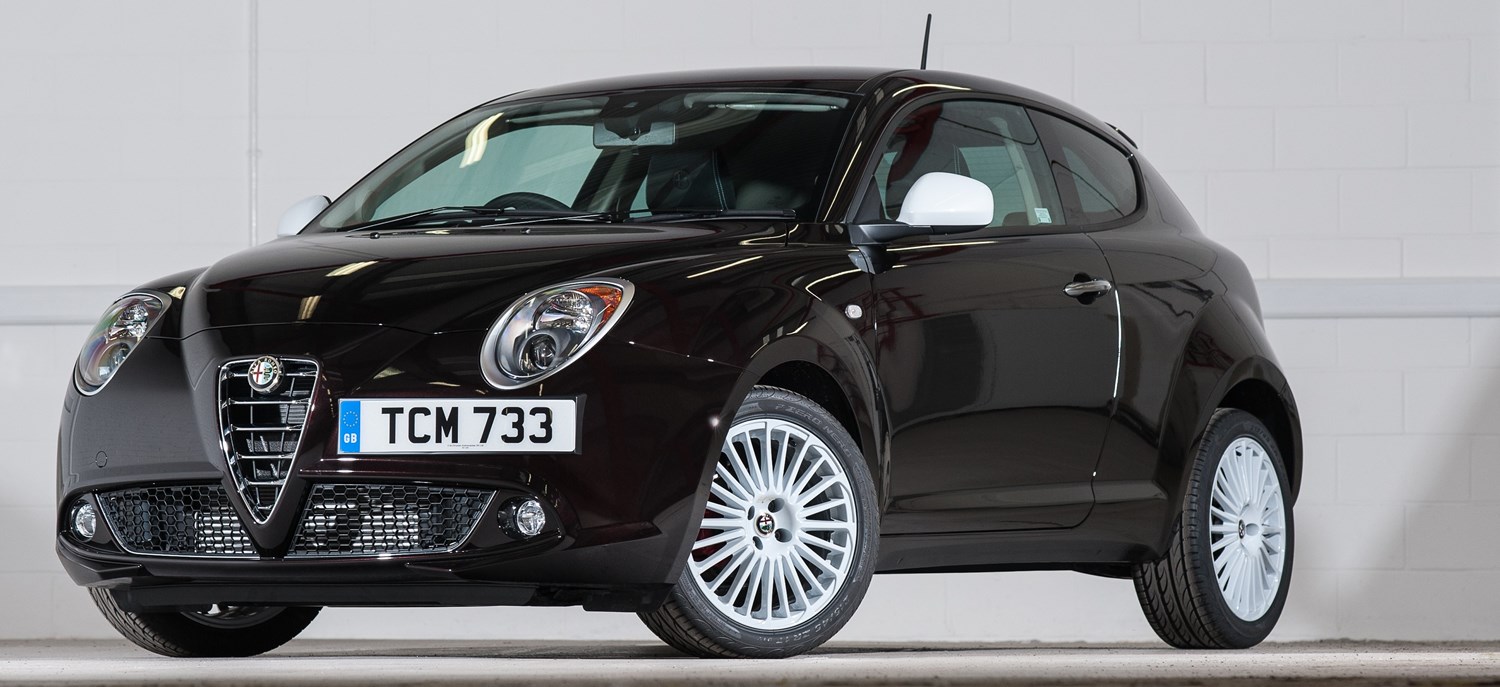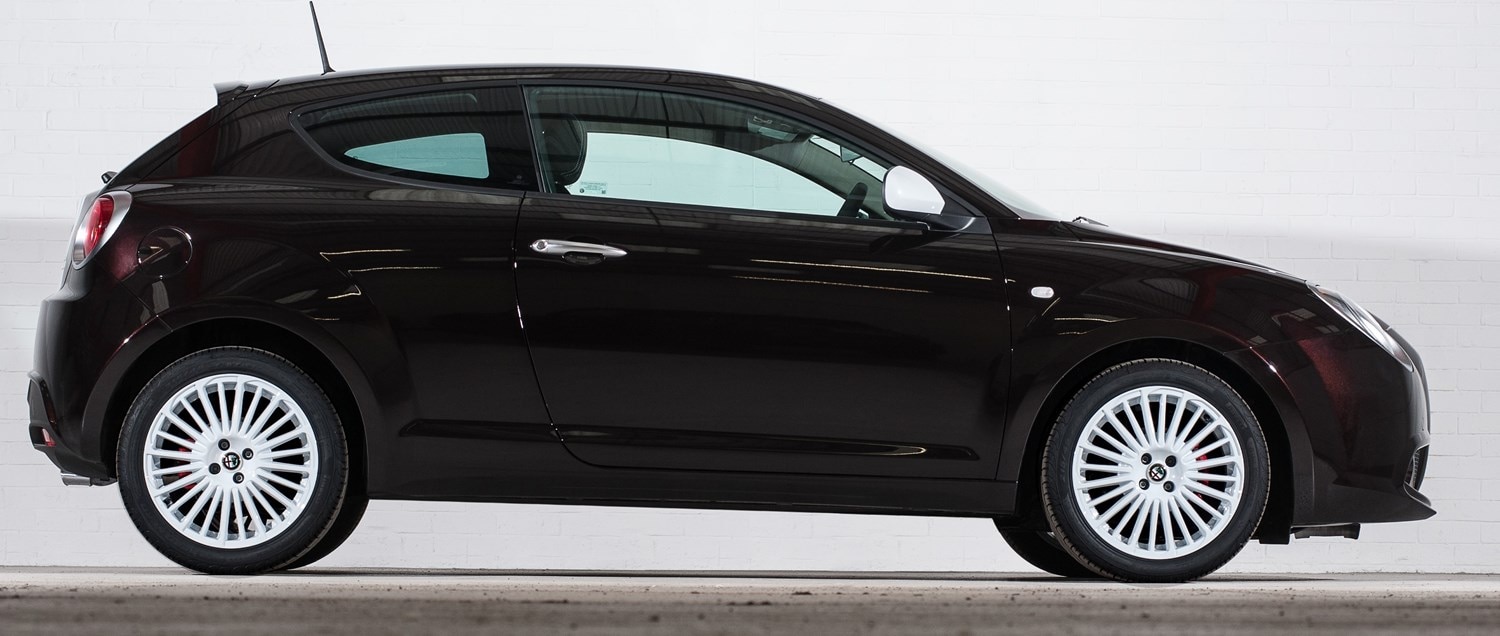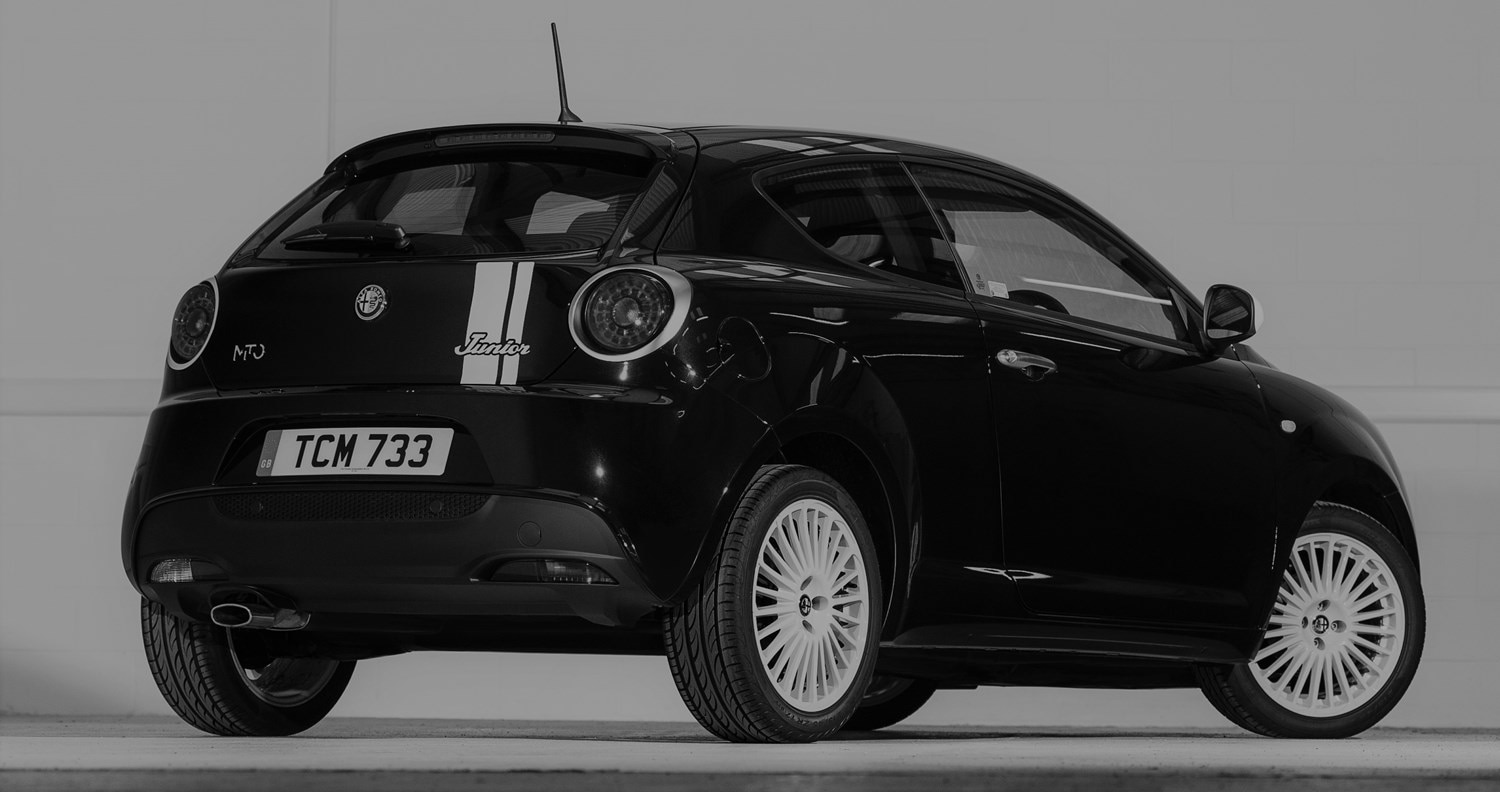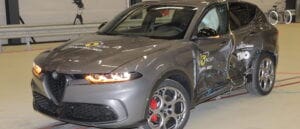Latest Model
Updated in 2016, the refreshed MiTo was revealed at the Paris Motor Show and gave customers a look at the Veloce trim, which replaced the outgoing Clover Leaf model.
The new Veloce model came with red leather sports seats, a 170bhp 1.4-litre turbo petrol with automatic transmission and a new set of 18-inch alloys to complement the new look.
Apart from that the rest of the range remained mostly untouched, with only cosmetic changes the main difference from the pre-facelift version.
Customers get the choice of four trim levels and five engines so they can find the right MiTo to suit their style, but the model may not have long left in the line-up as Alfa may soon move away from small cars and focus more on sportier models, such as the 4C and Giulia saloon.
Value for money
The model was first released in 2008 and by today’s standards it isn’t that great value anymore, as the base MiTo starts from £13,840 and cheaper options on the market can offer much better accessories. But for the base MiTo you get Alfa’s Uconnect with Bluetooth, Aux/USB and DAB radio, mobile access, manual climate control, electric front windows, Start&Stop, electric power steering, leather steering wheel, chrome exhaust tail pipe, sporty bodywork, airbags and vehicle dynamic control with Alfa’s DNA system.
So it’s definitely worth checking the used market for high-powered and more interesting options from the MiTo’s history. One example is a 2015 MiTo Quadrifoglio Verde, which comes with a 1.4-litre turbocharged petrol producing 170bhp, automatic gearbox with paddle shifters and a much more impressive level of spec.
With the Verde model you get a 5-inch touchscreen with Tom-Tom satellite navigation, Bluetooth phone connectivity, USB/Aux input, CD player, DAB radio, cruise control, manual climate control, Quadrifoglio-exclusive alloy wheels and black leather seats. This example only has 7,000 miles on the clock and comes in at £12,750, considerably lower for a better equipped model and much better drivers’ car.
Looks and image
One reason for the MiTo to be a good choice is its looks and it is one of the best-looking compact cars on the market. The 2016 update brought an improved front end design that is similar with the Giulia saloon and the overall flow of the design is very appealing. The roof line is low and sporty, while the bodywork is extended in the right places. The interior is less well designed but everything is where it should be. The materials don’t feel as refined as they do in other premium superminis but it isn’t the worst place to be in the world.
Driving is where the MiTo seriously lets you down and there isn’t a nice way to say this – it is awful to drive. You would expect from a brand like Alfa Romeo for it to be interesting to drive and good fun, but the steering is poor in most places and despite which mode you choose to drive in it never feels particularly great. Okay it changes direction well enough but feedback is minimal.
In town though the steering is light so you can fling it around urban environments well enough. The chassis never feels like it is settled and offers a very jiggly ride at all speeds with whatever suspension setting and make-up you have. If driving feel is one of the main things for you, then look elsewhere.
The aforementioned ride is rather uncomfortable almost everywhere and even if the top-end models come with adjustable suspension, they can’t cover up the rather unrefined end product. Exterior noise and road imperfections make their way into the cabin pretty easily and you never get the sense of premium wherever you go. Interior passenger space also isn’t stellar, although the rear seats do offer more space than in a MINI Hatch.




